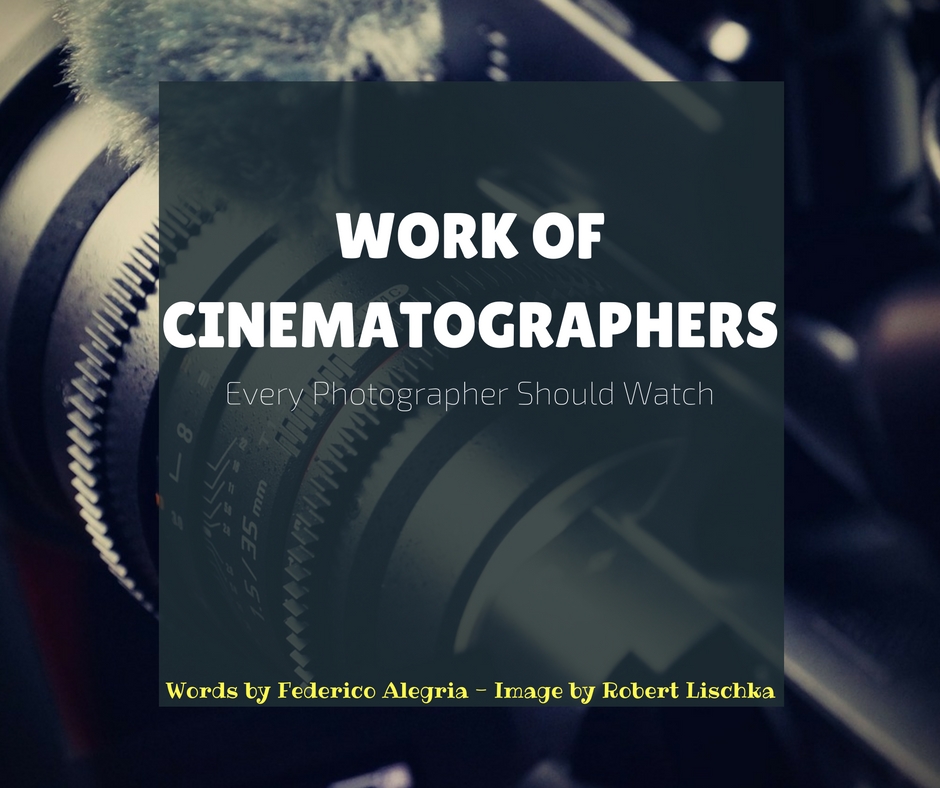
Five Of My Chosen Cinematographers
Why should we be learning from directors of photography or the work of cinematographers from the film industry? Simple: because they are in charge of all the camera crews behind film and television productions.
Like photography, this industry has evolved to deliver very high-quality products to its huge audience. They are the people responsible for making all the artistic and technical decisions in relation to the film image itself.
They are also in charge of selecting the cameras, the film, the lenses, and the filters too, so they have a great amount of creative responsibility on their shoulders. The film industry is very structured when it comes to hierarchy, and the director of photography has a very high rank when it comes to doing the job.
1. Emmanuel Lubezki (1964–present)
This guy is a genius, no doubt about it. He has won three Academy Awards in a row. The first was for “Gravity” (he almost shot the thing without gravity), the second was for “Birdman” (which has a beautiful non-stop scene that truly makes the viewer part of the movie, like watching a theatrical performance).
And last but not least, for “The Revenant” (he shot the movie only with natural available light). The style of “El Chivo” is great. He loves to shoot with wide angle lenses and has a thing for shooting in motion.
You can see this reel, which shows the cinematographic style of Lubezki. There are a lot of things many photographers, especially photojournalists, can learn from his close to the subject wide angle vision.
Lubezki was in charge of the cinematography for “Children of Men”, and for me, it is the greatest example of that photojournalistic feeling many social documentary photojournalists can learn from.
The movie has very long one-shot scenes, with a point of view that locates the viewer in the center of the action. His talent for locating the viewer in the middle of the action is something we all should honor and humbly learn from.
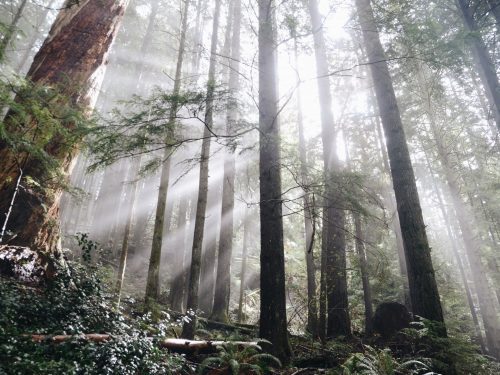
2. Gabriel Figueroa (1907–1997)
This multifaceted photographer worked for Mexican Cinema and Hollywood. His contribution to the art industry included:
- Camera Operation
- Cinematography in Black and White
- Cinematography in Color
- Light Direction
- Still Photography
Since his contribution was so vast and rich, I'll only talk about some great aspects of three movies that were directed by the great Luis Buñuel with Figueroa's cinematography.
- The Exterminating Angel (1962): Great use of focals and frame compositions to get the audience psychologically involved with the drama.
- The Young and the Damned (1950): Great use of long sequences to follow the sad story that unfolds in the 80 minutes of the film.
- Simon of the Desert (1965): Amazing use of color contrast to enhance skies and lights at the most striking moments of this surrealist film.
He was great at enhancing contrast and drama in complicated situations, like in surrealist plots, by having a great control over focals, lights, and shots.
3. Luca Bigazzi (1958–present)
The first thing I noticed when starting to watch Paolo Sorentino's “La Grande Belleza” was the great photography in it. It introduces the viewer into a banal world with such great genius that there is nothing more to say about it.
Bigazzi has the ability to slow or shift the pace of the film with his compositions and his subject-tracking movements in the films.
We should all learn from this guy when it comes to innovative points of view that are not harsh or forced. The great achievement that I personally find in his cinematography is the fact that even though he has very peculiar and innovative points of view sometimes, the humble and human sense inside the film is not lost a bit.
The thing about Luca Bigazzi is that he can work with so many points of view that it doesn't matter if there is a zenithal plane or a detail plane. Many of his frames have the ability to stick in your mind like nothing else.
Please, watch these two movies:
- La Grande Bellezza (The Great Beauty)
- La Giovinezza (Youth)
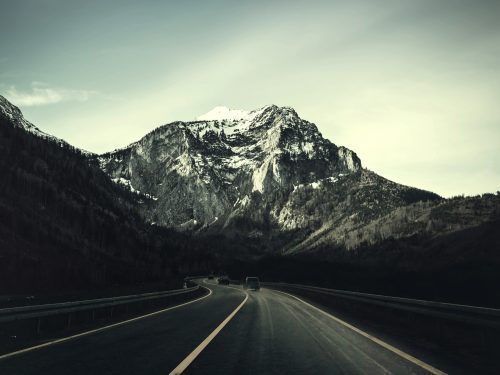
4. Robert Yeoman (1951–present)
Wes Anderson has a thing for symmetry, and the silent man behind the beautiful and symmetrical planes in his movies is Robert Yeoman. Symmetry is a very ugly word in the world of composition because we have been taught that we must follow the rules of composition in order to achieve great images, but this guy really knows how to break those rules.
The beautiful symmetry and composition of his work is something memorable, and a great subject to study as well.
And if you love these types of compositions as I do, I recommend taking your research a little bit further: watch the movies of Sergei Parajanov (who worked with many cinematographers, like Viktor Bestayev, Yuri Ilyenko, and Suren Shakhbazya).
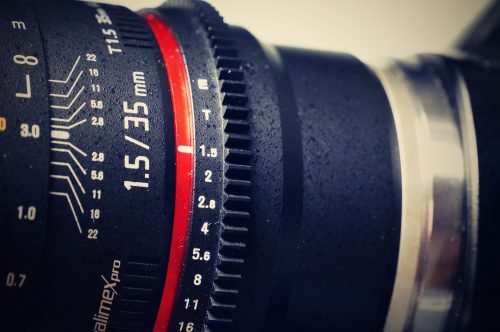
5. Chung-hoon Chung (1970–present)
The first time I encountered the amazing photography of Chung-hoon Chung was with a movie called “Stoker” (not to be confused with Andrei Tarkovsky's masterpiece titled “Stalker”).
The thing about Chung-hoon Chung is the great ability he has for using his photography and cinematography to enhance the psychological aspect of the movies that he puts his hands on.
If you are a person who has a great passion for twisted concepts in your photographs, this fella is a great master to study.
My Thoughts
This is just a little list based on my limited knowledge of the film industry. I just love to watch movies, and as a photographer, I found that other art streams are great for enhancing my own personal world vision.
Enjoy the movies, but don't relax too much: think about the photographic decisions the cinematographer has made in the key scenes of the movies.
In photography, many people can shoot the same subject and the results will be different in accordance with every peculiar point of view and decision behind the shutter button.
Cinematography is the same: every cinematographer has his own style, and it's amazing how many movies you consider personal favorites (in line with your taste) will turn out to be related when you discover the names behind the billboard ad.
Before your check out our great resources below, here's your chance to really polish up your “Portrait Photography” with this fantastic course guide from Photzy. Produce Your Own Inspiring, Memorable Images That Convey real Meaning and Emotion!
Further Resources
- How to Give Give Your Shots the Cinematic Look in Lightroom by Jason Row
- Great Movies About Photography by Federico Alegria
- How To Give Your Photos That Cinematic-Effect In Photoshop by Dzvonko Petrovski




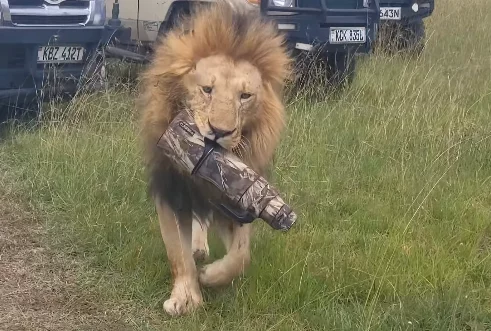


1 Comment
Roger Deakins?! His amazing landscape pans in Fargo, The Big Lebowski, No Country for Old Men.
Gordon Willis! The Godfather and a bunch of Woody Allan stuff too.
Mathew Libatique! I think he photographed all of Darren Aronofsky’s films like Requiem for a Dream and Black Swan.
Those guys are my heroes!